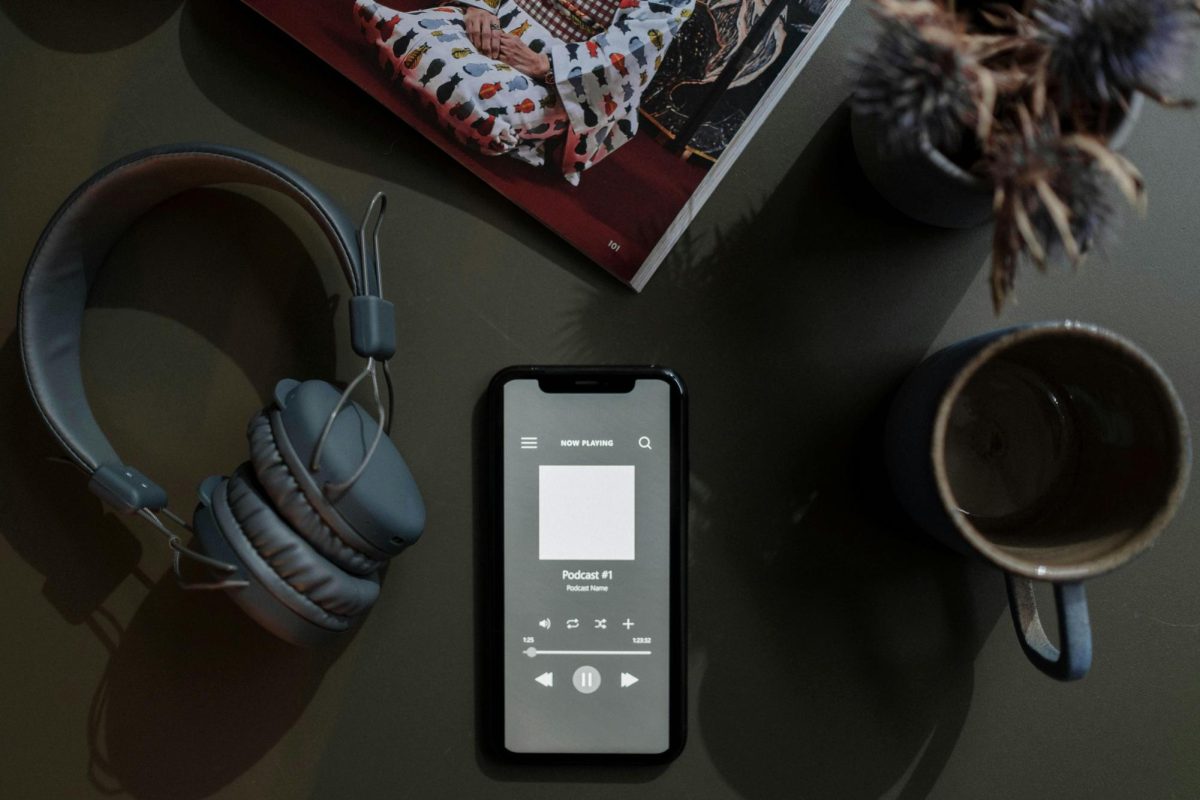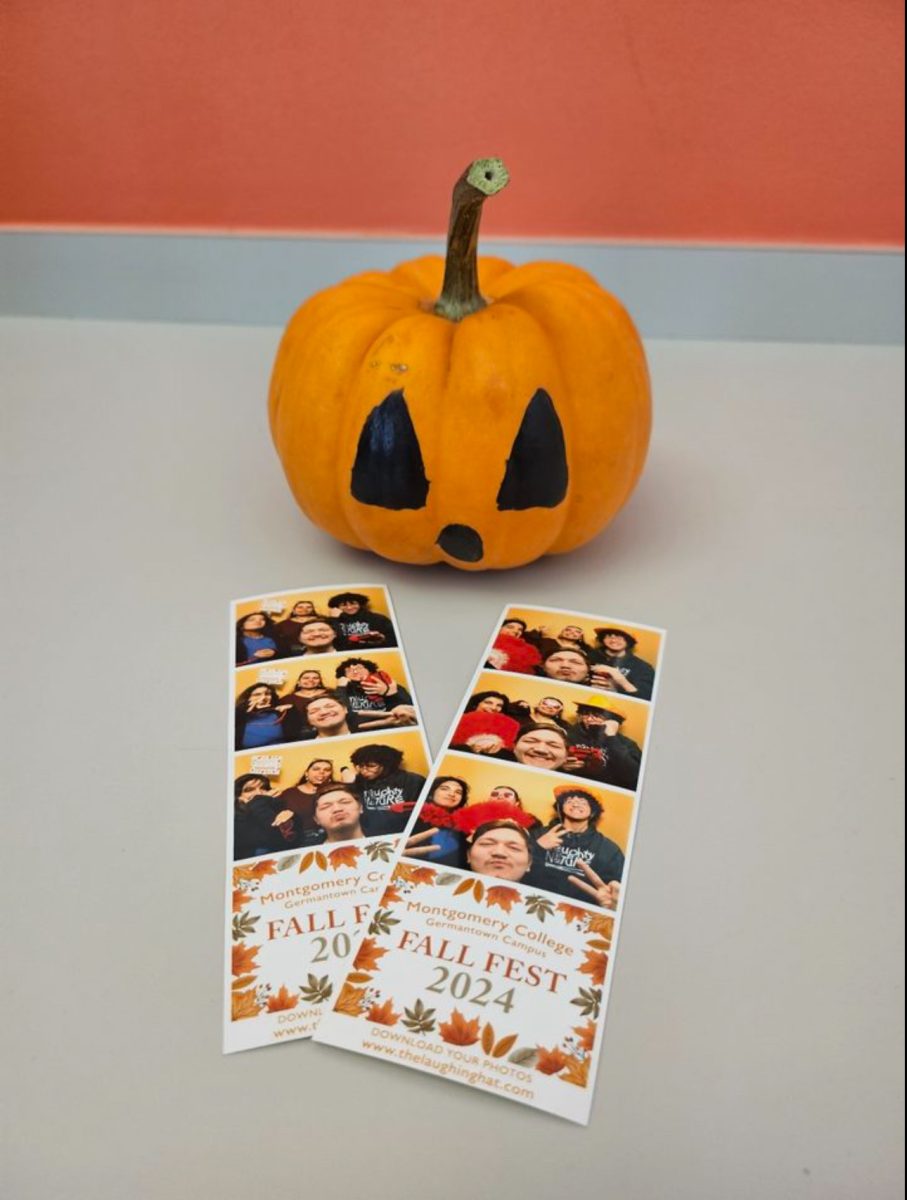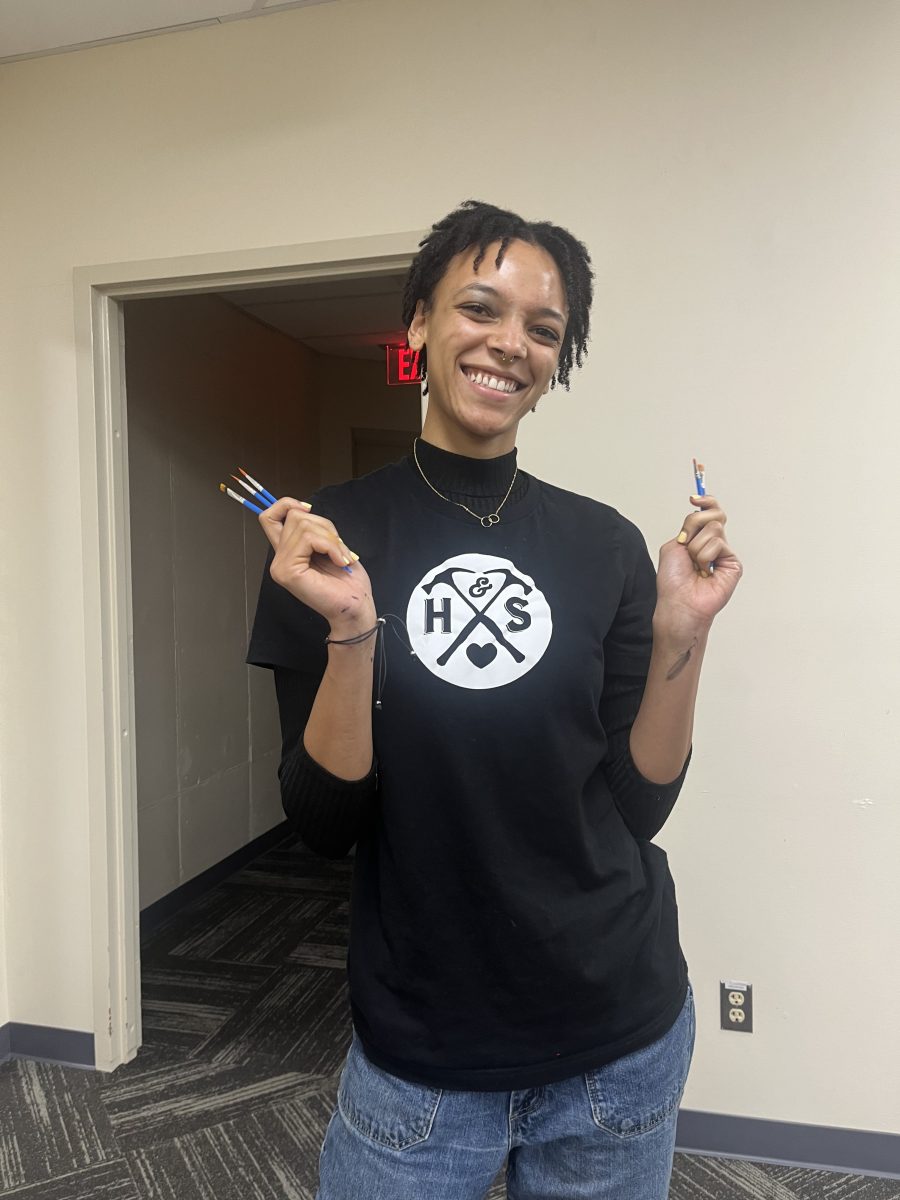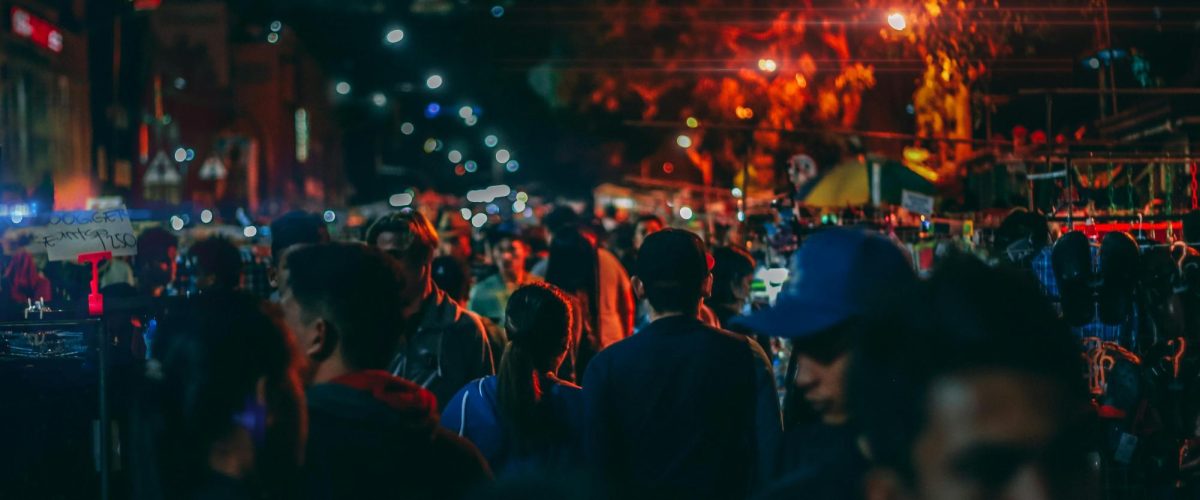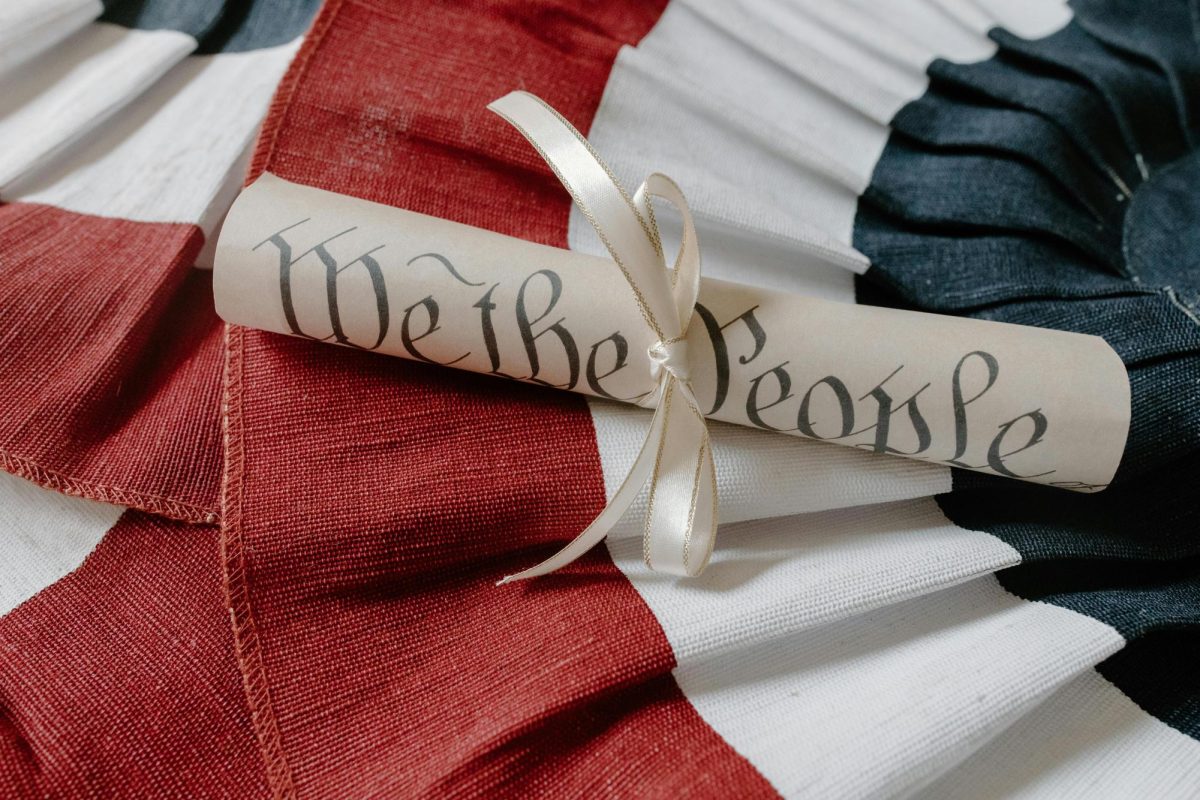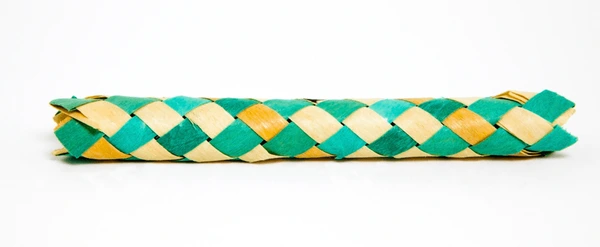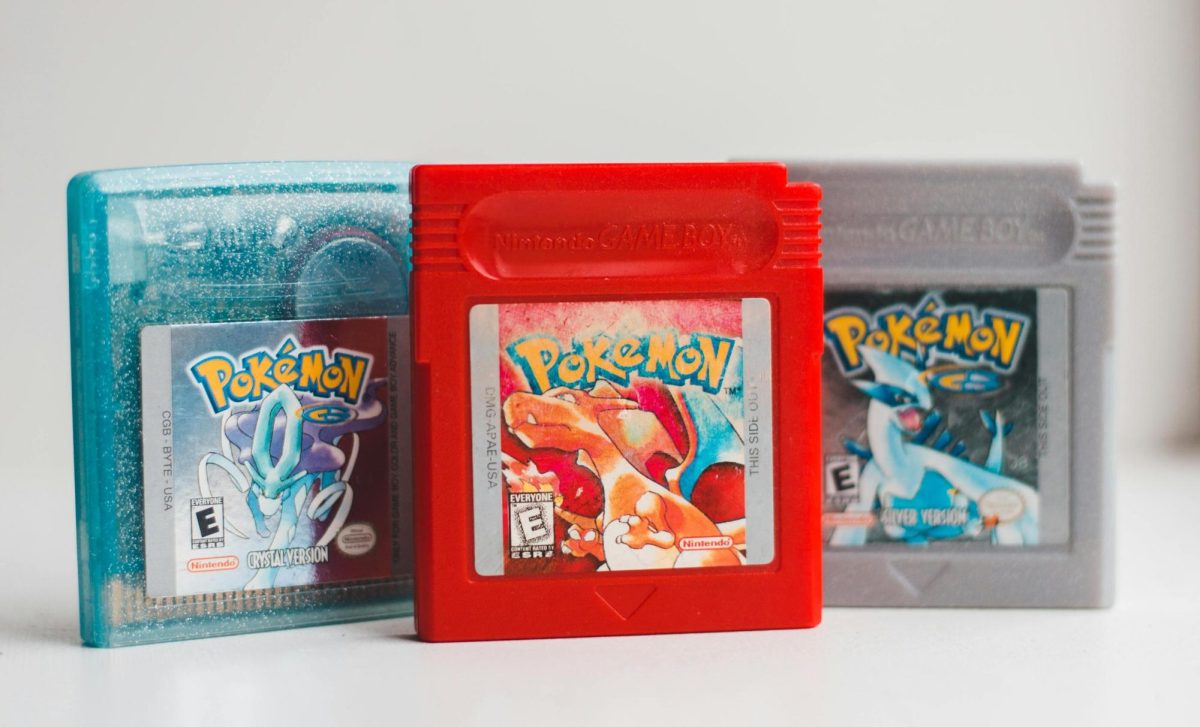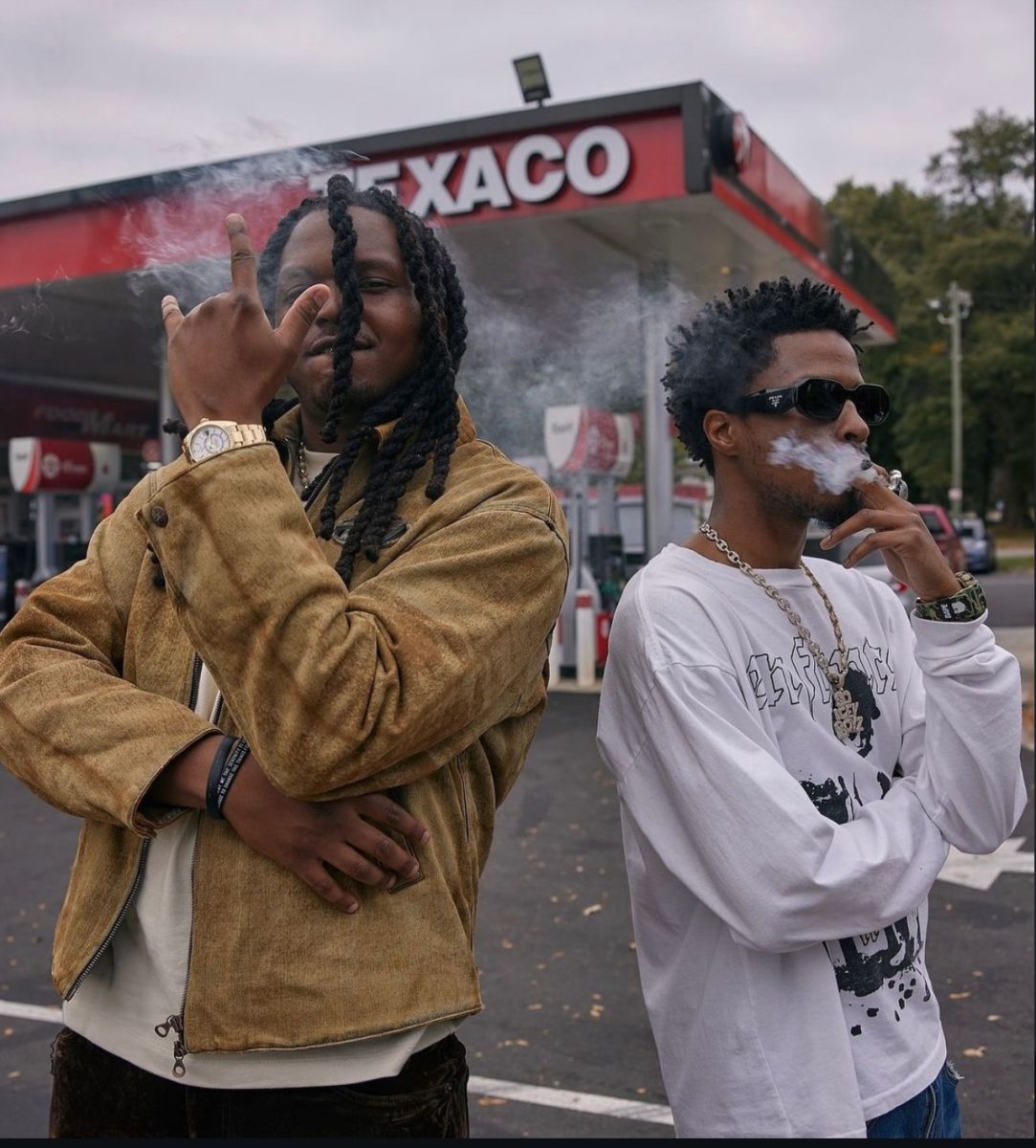Fashion, clothing, jewelry, footwear, headwear, piercings, tattoos, and other bodily adornments have always been a part of social practice and society. This can be seen in concepts as simple and widespread as old kings, queens, emperors, empresses, and pharaohs wearing gold jewelry, gemstones, and expensive and detailed clothing and having everything they wore made of expensive, rare, soft, or strong accoutrements. Fashion could be and continues to be a symbol of social status, group, culture, affiliation, or simply a reflection of the environment, where people can identify how another person might feel about having a chat just from how they look. However, looks can be deceiving, and this stereotyping can be harmful, alienating, or even dangerous. So, how does this happen? Well, culture and fashion are intertwined and have been for millennia. Culture can be related to time period, race, ethnic group, age, gender, sexual orientation, occasion, ideology, climate, and even music!
Fashion made a big difference in ancient times, where every part of one’s appearance could mean something. Those of royal or imperial castes wore ridiculously expensive, lavish, and impractical clothing and jewelry. When a person was rich enough to afford those frivolous luxuries, their fashion set them apart, and there were different levels. Maybe one couldn’t afford to wear all silks, but they could afford some gold jewelry, a durable pair of shoes, or maybe it could buy them a chariot so they could afford to have shoes that were mostly decorative. Fashion all over the ancient world also varied by what materials were local, as trade was not as widespread as it is today. For example, people in the Nara period of Japan (roughly 710 to 794 CE) tended to wear clothes made of Asa (domestic bast fiber), silk, cotton, or hemp, and jewelry was often made of wood, bronze, or silver, while those around the Americas in the same period typically wore clothes made of leather and/or woven cloth, jewelry made of bone, stones or gems, and twine or similar string materials.
Even now, those divides still stand. Tradition and culture have made their mark on what is worn today. Africa as a continent has a higher birthrate, making families large. The culture often reflects this, putting less importance on the nuclear family and more on family and community. Culture often includes respecting the natural world and working with flora and fauna to make life comfortable in a way that does not destroy the environment. This can be seen even in pop culture, where many African influencers talk about their choices to continue using traditional methods for everything from seating to sweeping to carrying items. However, one must be careful to avoid stereotypes. There are many wealthy and healthy communities in Africa; not everyone is poor, starving, and thirsty. Those stereotypes can be harmful and can result in the intensification of prejudice such as racism. Those in Africa, specifically in Sub-Saharan Africa, tend to wear clothes with sunset contrasts. Blacks, oranges, reds, and greens are all common clothing colors in this area, arranged in stripes and patterns with angles. Woven fabric is common in this area, and they exhibit their culture and religions through what they wear. Fun fact: did you know that there is a large Islamic population in Africa? Of course, today, not everyone wears traditional clothes, which is a topic that will be touched on later. In areas more into the Sahara, it may be worth noting that modesty is a big factor, as it protects from the sun. A lot of local religions, such as Islam, encourage modesty, such as head coverings and certain social practices.
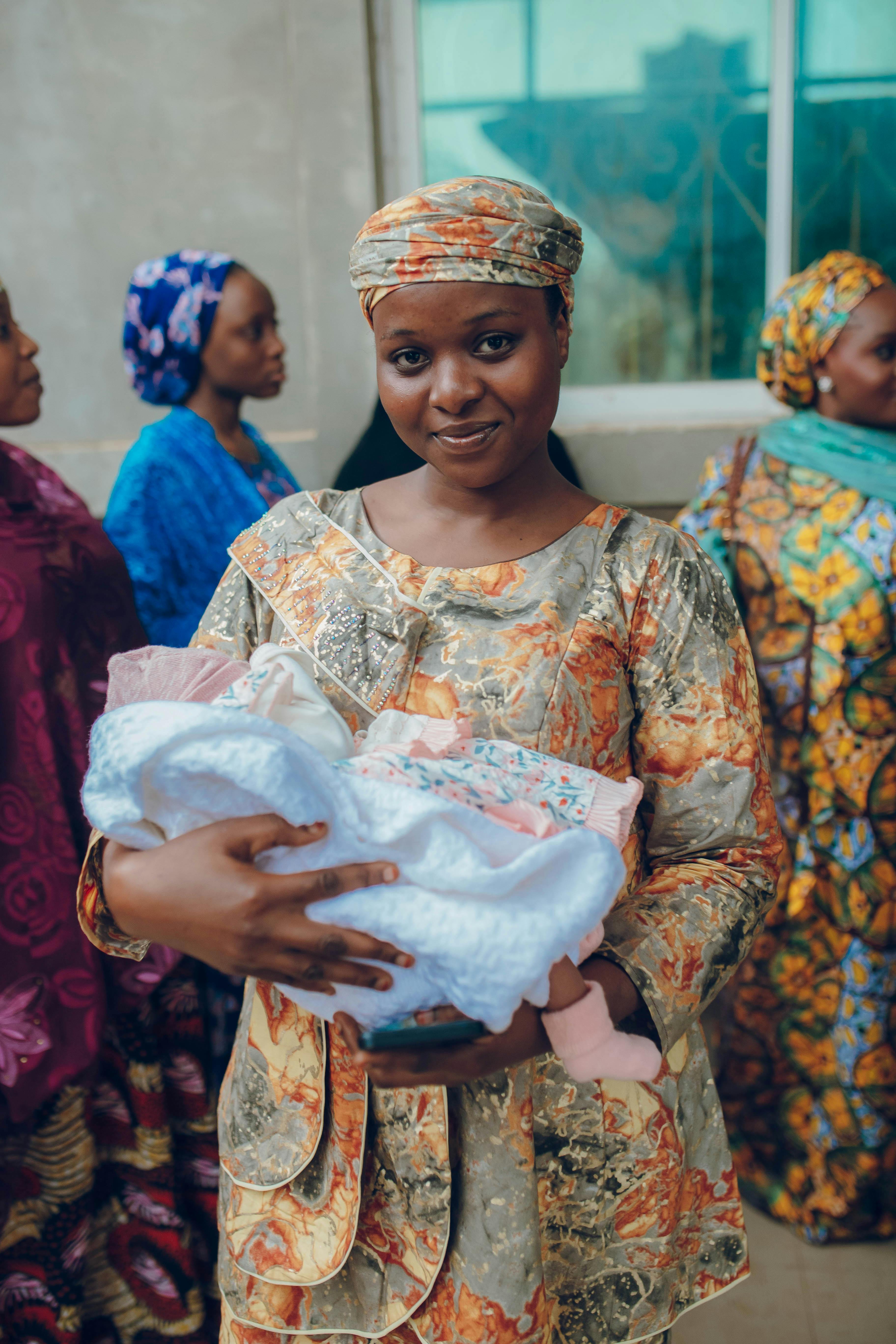

To contrast, often known as the capital of fashion, food, and pretentiousness is Paris, France. On an average day in Paris, one is likely to see suits, dresses, fur coats (when it’s cold), decorative scarves, shawls, high heels, and dress shoes. The culture there often has people dressing up to do something as simple as going to the grocery store, and dressing nice seems to be less of a “special occasion” practice, and more of an everyday thing. Modesty is somewhat of a consideration in clothing around town, though it isn’t entirely rare to find someone dressed in more form-fitting or revealing clothing.
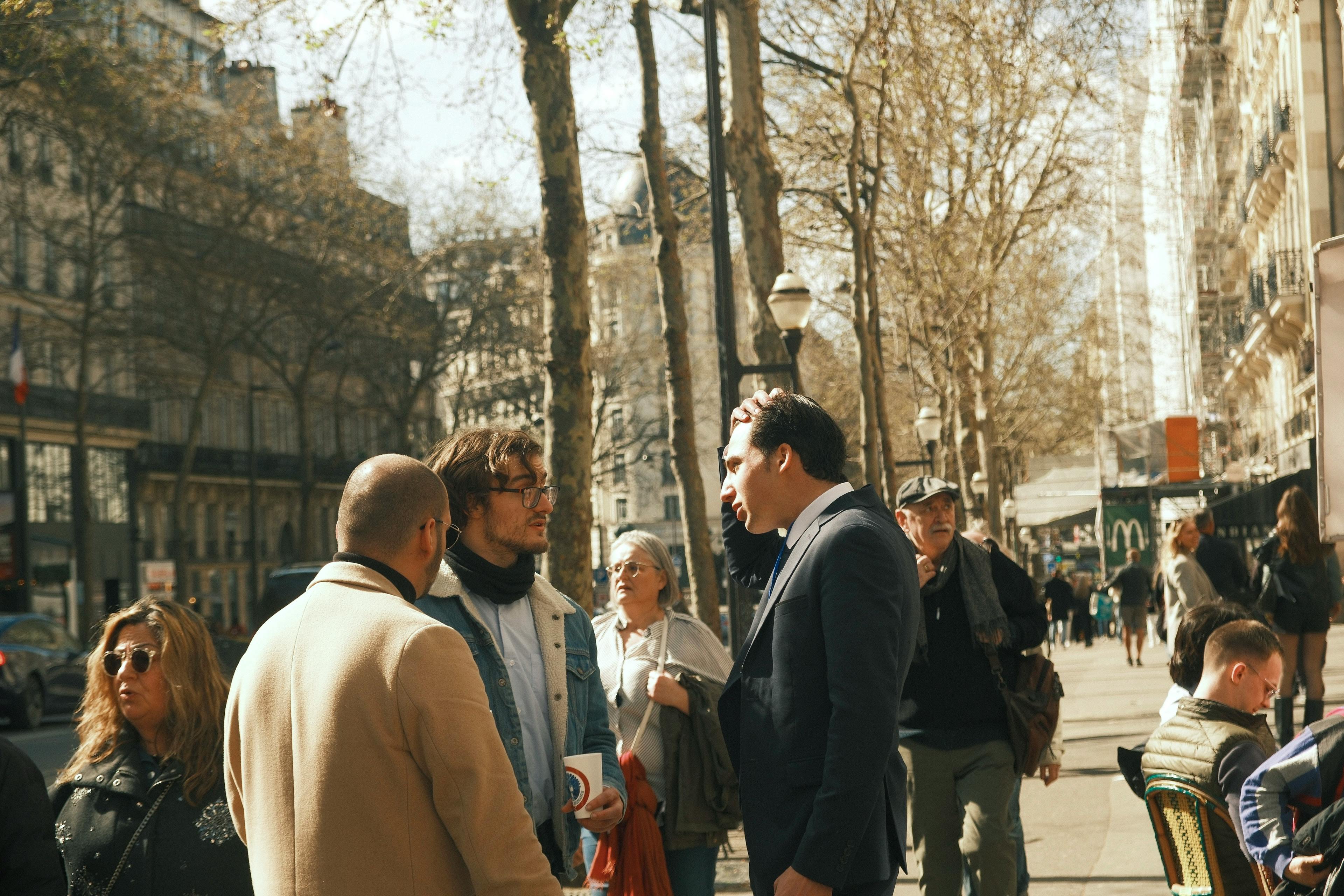
Fashion across Europe and Scandinavia seems to follow the same sort of mold, but it differs by being more casual in some areas, adjusting for weather and geography in others, and focusing on a few core values of looking nice in public.

India is also a place of fashion and, like Africa, is very large and deserving of attention to all its regions and cultures. However, with that approach, this article would take a day to read. Saris, loose-fitting clothing, and colorful garments and accessories are all parts of traditional and even modern Indian clothing. Fancy, hand-embroidered, beaded, and pleated saris are common as wedding attire, formal clothing, or clothing for a night out. And, as with everywhere in the modern world, most wear more functional clothing for everyday activities. However, as observed by me, traditional jewelry, bindis, or even clothing structure can be added to give any outfit a cultural twist if desired.

Urban areas also have a culture of their own, especially in clothing. This can be observed as tank tops, baggy jeans, “sagging” one’s pants, belts, sneakers, hoodies, and even tattoos. Fashion often takes influence from Black culture, including items such as durags or doing one’s edges as part of a look. The style of urban areas is often called “streetwear,” but those in a big city wear more varied clothing than just that one label. There are often businesspeople bustling around in suits and skirts, dress shoes, and kitten heels. There is not just one look that a big city provides, and that is a good thing. So many people stacked atop one another in such a small area makes for a lovely mix of cultures, and therefore ways of dressing. It is important to also recognize that some prejudice may come with this. Some might associate streetwear with gangs, drugs, promiscuity, and violence. Recognizing that there is prejudice in those ideas and associations can help move society forward and separate clothing from unrelated meaning.
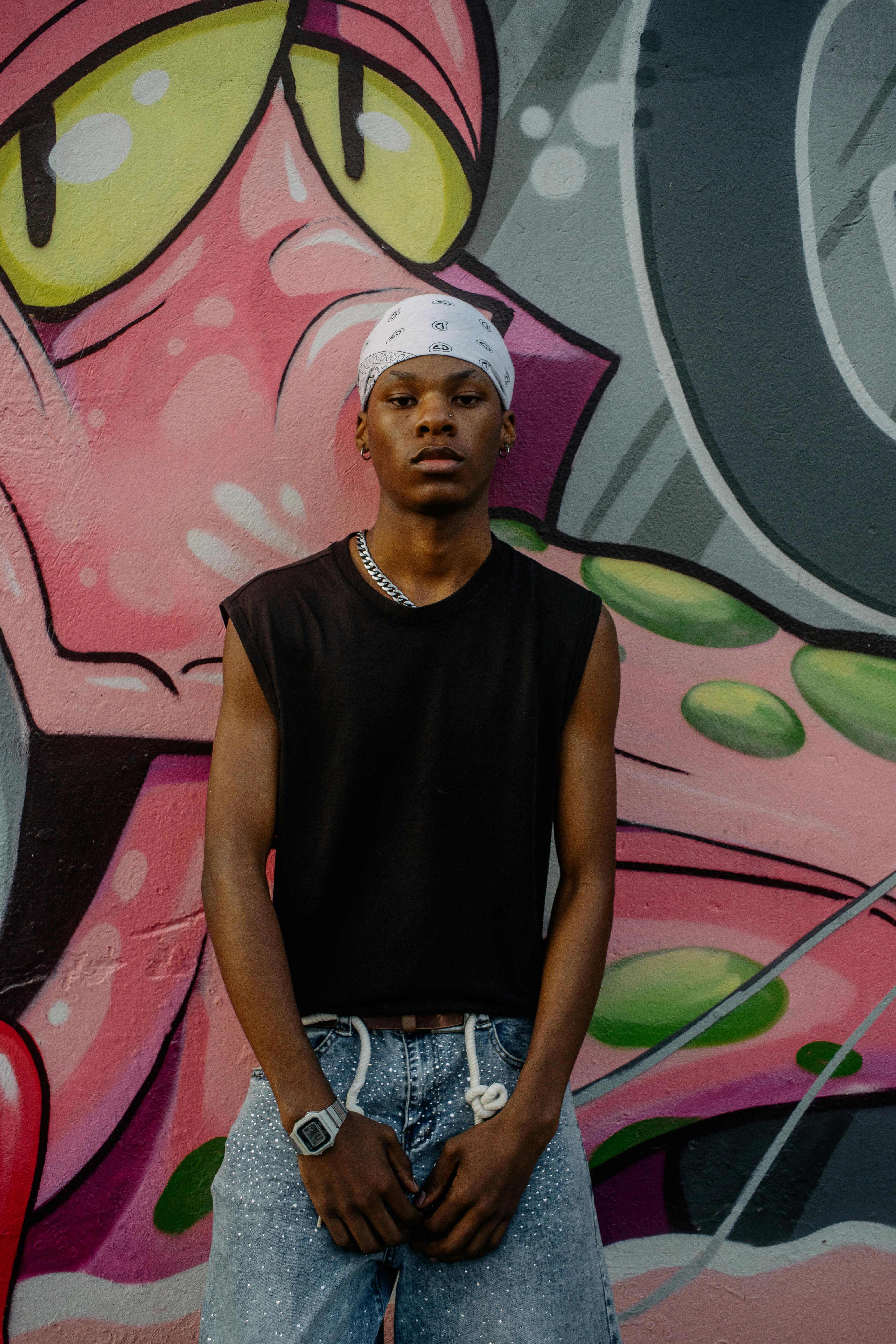
Streetwear also ties into other subcultures, especially music and internet culture. There are many fashions that fall under this, such as scene, decora, goth, punk, and metal. All are incredibly decorative and have subcultures within their subcultures, such as dualcora, mall goth, trad goth, office goth, pop punk, y2k scene, emo scene, ecopunk, and many more, just to give an example. Decora is colorful and, as hinted by the name, involves decorating oneself in many, many, many accessories: bracelets up the arms, hair clips, hip chains, lots of necklaces, leg warmers, platform shoes, and rainbow on top of rainbow. Goth clothing is typically dark and dramatic and has a lot of black and white. It is meant to make the wearer look dead or creepy or just provide interesting contrast and a unique look. Punk often revolves around independence, love for the environment and other human beings, “sticking it to the man” and other authority figures, and decorating oneself with tattoos, piercings, patches on jackets, studded clothing, and homemade accessories. It’s often a darker color, including grays, blacks, dark browns, and greens. They also share a lot of similarities with metal fashion and tend to look scary to the naked eye, but many people who are punk or metalheads tend to be very nice. It is a stereotype for Hot Topic workers to be unbelievably nice at this point, and that is truly a reflection of the accepting culture that they offer.
Internet fashion is also interesting, as it allows for many unique and exciting opportunities to be in a community and dress in ways that both look good and aren’t the norm. Cottagecore, weirdcore, scene, and preppy fashion are some examples of this. However, this also has a so-called “dark side.” Internet fashion is often fast fashion, made of non-durable materials, produced in masse, and often thrown away very quickly because they are either no longer needed, or broken and torn due to their low quality. On the other hand, thrifting, buying durable clothing, and buying from reliable vendors can help reduce this issue, even if it means spending more money.
Now, we’ve all heard that “gay people dress well” and that if fashion were a subject, they’d have an A+, but LGBTQIA+ culture is not all one way! People who present more feminine, regardless of their gender, may use flowy fabric and makeup. They may also exaggerate or minimize certain body features, such as enhancing hips and bust, and attempt to minimize their bicep area if they are trans. Those who are masculine presenting may try to limit their chest and hips, use makeup to deepen certain features or add fake facial hair, and deepen their voice. Androgynous people mix these two themes, which can create very interesting looks in ways that traditional gender presentation does not touch on, such as a masculine body type with very revealing or delicate clothing, or a very slender, feminine body with baggy clothing and little to no decorative articles. Short hair, long hair, dyed hair, and shaved hair are all ways to express oneself with just the top and back of your head. This can reduce gender dysphoria and increase self-expression and freedom in ways that do not require changing your entire lifestyle or location and is an affordable way to feel more at home in your skin. It can also be done as a performance and for fun, as some drag performers do. Incredibly exaggerated features, puns in the outfits and names, competitions, festivals, parades, and comedy clubs are all ways that drag can be fun and show up in the community. In addition, it can be fun for all ages, where some drag queens or kings can be on the older side, such as Juwanna deWitt, or younger, such as the twins Sugar and Spice (yes, those are real names). They’re fun people; go check them out!
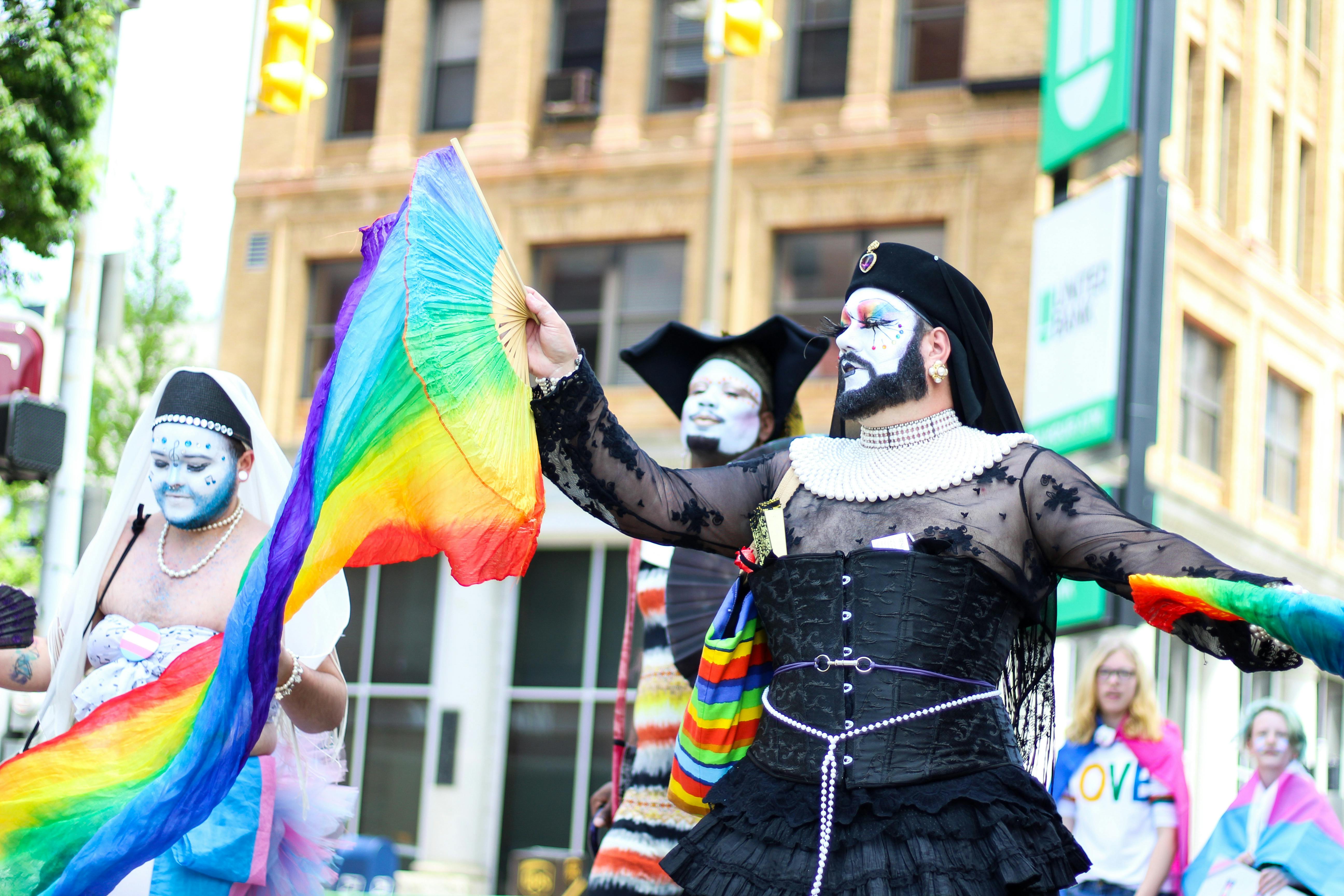
To add, achieving a more comfortable relationship with your body can have a positive impact on your mental health. For those who are transgender or gender non-conforming, this expression can have such an impact that it can be lifesaving, and it doesn’t hurt anyone else. Dressing a certain way, even though it isn’t required, can help those who need it look more like how they see themselves in their head, leading to a very cool phenomenon called “gender euphoria,” which is when someone feels very happy and comfortable in their body, and for once, things seem “right.” In this way, even just throwing on a nice necklace or some earrings can help someone, including myself, feel worlds better than how we felt just earlier that day. In addition, this adventurousness can reduce the impact of the patriarchy, as it may help men be more comfortable with experimenting with small concepts, such as their clothing or accessories. This can reduce some of the toxic stress that men experience and, in turn, encourages empathy and constructive free speech.
Now, something you may not consider a culture at first is “country.” On the other hand, when you really think about it, it is. Horses, cattle, livestock, food, music, alcohol, hospitality, customs, and distinctive fashion. Country is a culture, regardless of how you look at it, and to dress “country” is a possible thing to do! The culture of raising and caring for livestock alongside other farm work creates a type of dress that is designed to be functional to the landscape and customs of the people who live there. Wide-brimmed hats protect the neck and face from burns and shield the eyes of the wearer from the harsh sun. Collared shirts do the same, and boots are good for riding on horses, especially if they include spurs. Clothes are made from tough but lightweight material to protect against injury and overheating during working hours, though nowadays clothing can vary increasingly, as aforementioned.

As a simple observation, cultures are everywhere, even in places you might not even think of, and absolutely impact fashion and the way people dress. Culture itself can be defined by something as broad as geography or something as simple as shared taste in music or bright colors. Culture is many things, and while it is important not to encourage cultural appropriation, stereotypes, or prejudice, it is also important to look at other cultures, to listen, to learn, and to accept with open arms. It can save lives to have the opportunity to express yourself through clothing and self-decoration, reducing suicide rates and encouraging tolerance within the community. This mixing of cultures and people is good for fashion and makes a positive impact. In summary, there is a strong correlation between culture and fashion, and in other news, I look forward to seeing what culture and clothing come out of MC.

